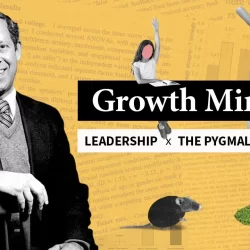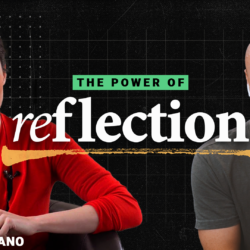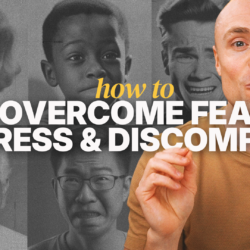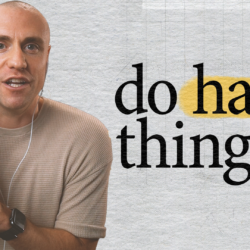Boosting Learning with Desirable Difficulties
There’s a huge gap between what the science says about how we should study, practice, and learn vs how we actually do it. We met with learning experts and UCLA Psychologists Dr. Elizabeth Bjork and Dr. Robert Bjork to figure out how to close that gap.
Their work shows that by incorporating a few desirable difficulties into our practice, we can make it way better. By the end of the episode you’ll be equipped with a few small adjustments that can help you become a better learner, no matter who you are or what you do.
Key Points:
There’s a difference between learning and performance
Performance is what we observe during practice, learning is the progress observed later on.
To increase long term learning we need to incorporate desirable difficulties into our practice and study sessions
The Bjorks explain how spacing and adding variation will increase the difficulty of the practice but will also boost the learning that occurs.
Auto-pilot is the enemy of learning
By incorporating desirable difficulties we can keep our brain from slipping into auto-pilot, which helps us get more from the practice or study session.
Pre-tests and studying to teach can also take us out of auto-pilot
These adjustments make us more active consumers of the material, which can help more of it stick.
Throughout the episode we unpack the research and many applications to these ideas.
Additional Resources:
Made to Stick
Elizabeth Bjork
Robert Bjork
Bjork Learning and Forgetting Lab









